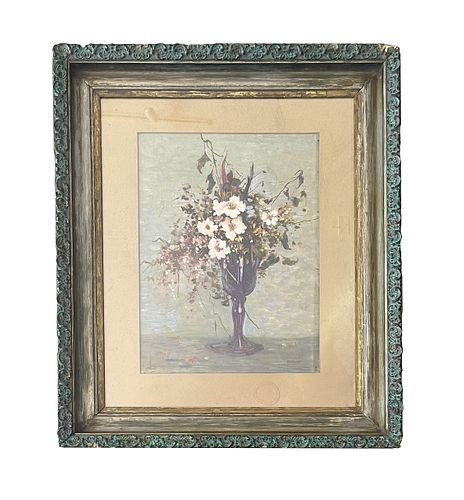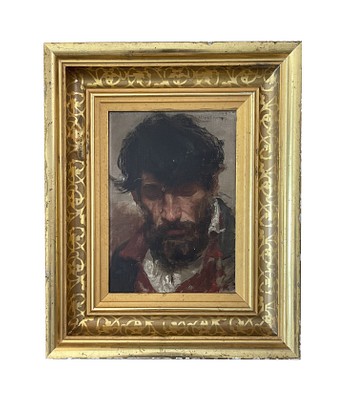Max Kuehne (1880 - 1968) Germany
Lot 229
About Seller
Coral Gables Auction LLC
2377 Coral Way
Coral Gables, FL 33145
United States
We are an auction house with a lot of knowledge of our work environment. We recited at Miami FL. We have professionals with more than 30 years of experience. We work hard to provide our subscribers with the best descriptions of the auctioned pieces and their provenance, in addition to providing good...Read more
Estimate:
$2,500 - $3,500
Absentee vs Live bid
Two ways to bid:
- Leave a max absentee bid and the platform will bid on your behalf up to your maximum bid during the live auction.
- Bid live during the auction and your bids will be submitted real-time to the auctioneer.
Bid Increments
| Price | Bid Increment |
|---|---|
| $0 | $25 |
| $500 | $50 |
| $1,000 | $100 |
| $3,000 | $250 |
| $10,000 | $500 |
| $20,000 | $1,000 |
| $50,000 | $2,500 |
| $100,000 | $5,000 |
| $200,000 | $10,000 |
| $500,000 | $25,000 |
About Auction
By Coral Gables Auction LLC
Aug 28, 2022
Set Reminder
2022-08-28 13:00:00
2022-08-28 13:00:00
America/New_York
Bidsquare
Bidsquare : Fine & Decorative Arts Online Auction #033
https://www.bidsquare.com/auctions/coral-gables-auction-llc/fine-decorative-arts-online-auction-033-10183
This auction has 260 pieces. There is a great variety of paintings and decorative pieces Coral Gables Auction LLC coralgablesauction@yahoo.com
This auction has 260 pieces. There is a great variety of paintings and decorative pieces Coral Gables Auction LLC coralgablesauction@yahoo.com
- Lot Description
Max Kuehne (1880 - 1968) Germany
Oil on Paper
Measure 20 1/2"in H x 15 /2"in W and 33 1/4"in H x 28 1/2"in W with frame
Known for: Town-landscape, still life, marine painting, sculpture, decorative screens, furniture, frames
Biography: Born in Halle, Germany in 1880, Max Kuehne was a colorist who created cheerful landscapes that appear to be painted spontaneously and with freshness. He studied with William Merritt Chase and Kenneth Hayes at the Chase School in New York. In 1910, he embarked on a bicycling trip, traveling through England, France, Germany, Holland and Belgium. To support this trip he did portrait commissions along the way. When he returned to New York City, he set up a studio in Greenwich Village and was a student of Robert Henri from whom he learned a dark impressionist style. He also became close with such avant garde artists as Guy Pene du Bois, William Glackens, William Zorach and Maurice and Charles Prendergast, which also influenced his dark work including street scenes and docks in New York City. However, three years in Spain, and painting trips to Gloucester lightened his palette as did time in Paris where he was much influenced by the Fauves, Nabis, and decorative painters. By 1912 he was producing work that would make him known as a "colourist of great distinction" by producing "paintings full of sparkling sunlight." He became a member of the artistic community later in Rockport, Massachusetts, with Gifford Beal, Leon Kroll, Paul Manship, Edward Hopper and Jonas Lie. Many of his finest paintings done later in his career are of the busy harbors and piers of Gloucester and Rockport. His work was widely exhibited including the National Academy of Design, the Art Institute of Chicago, and the Carnegie Institute in Pittsburgh. - Shipping Info
-
For Shipping Information Please send Email to info.coralgablesauction@yahoo.com
-
- Payment & Auction Policies
-
Available payment options
-
-
- Buyer's Premium



 EUR
EUR CAD
CAD AUD
AUD GBP
GBP MXN
MXN HKD
HKD CNY
CNY MYR
MYR SEK
SEK SGD
SGD CHF
CHF THB
THB






















